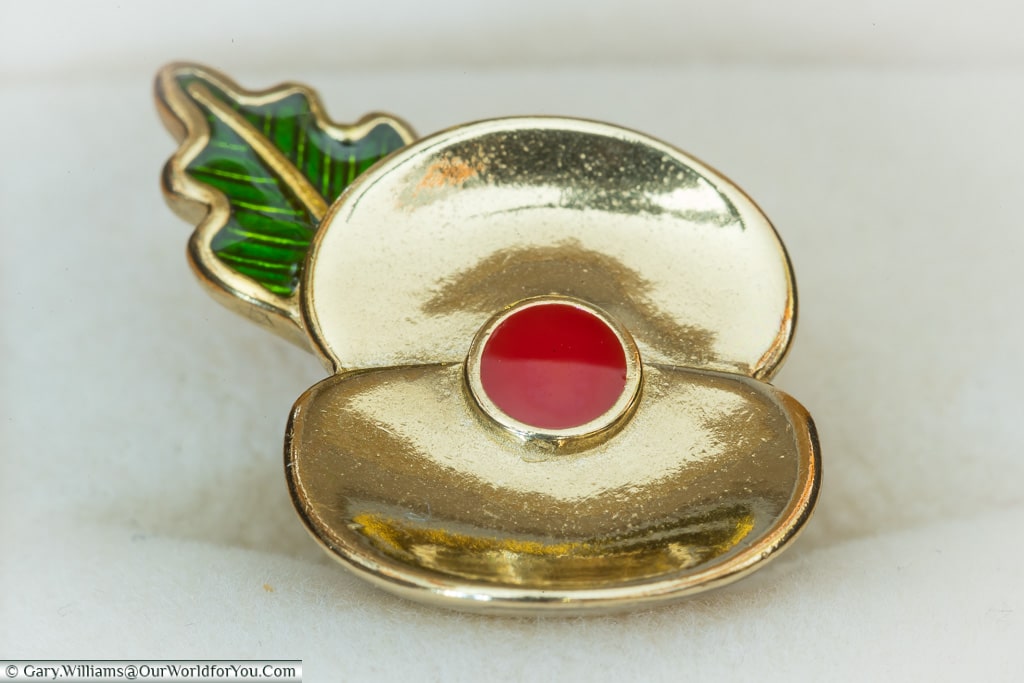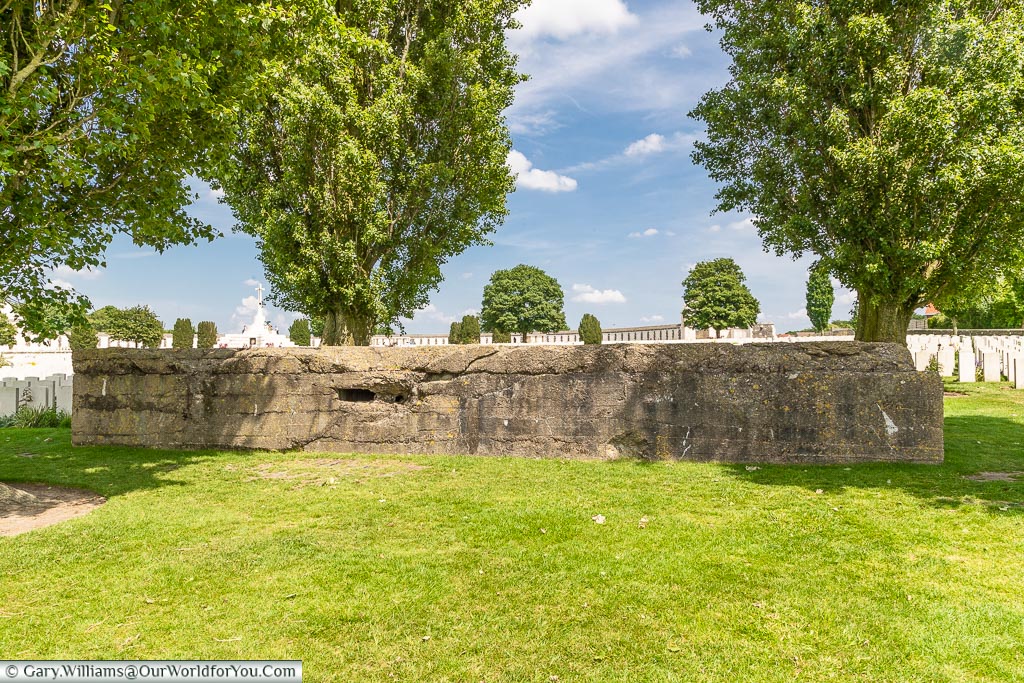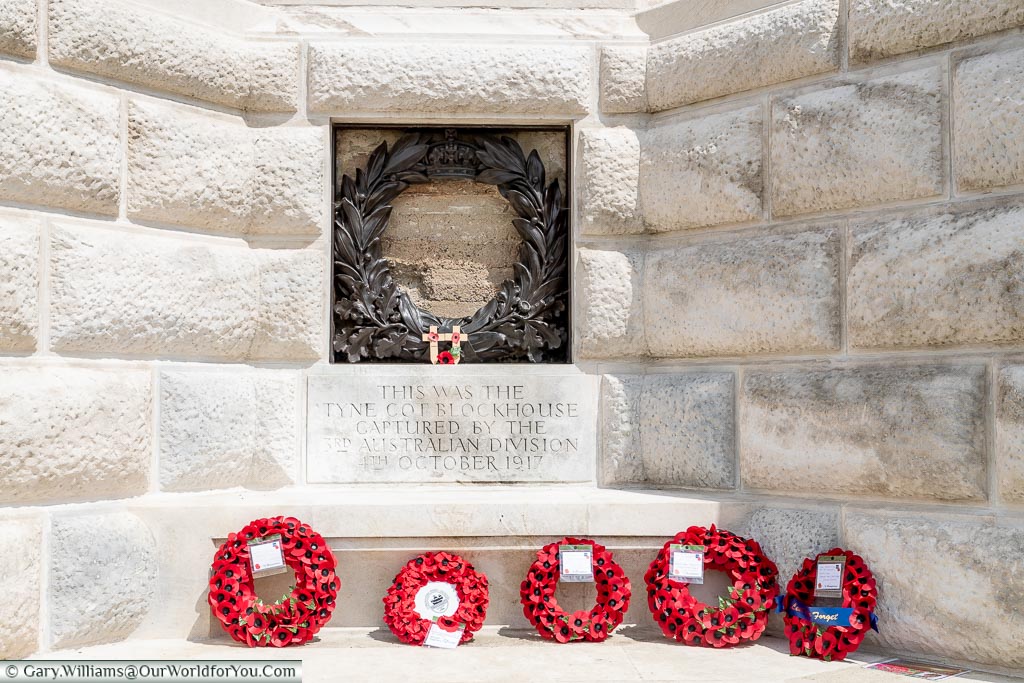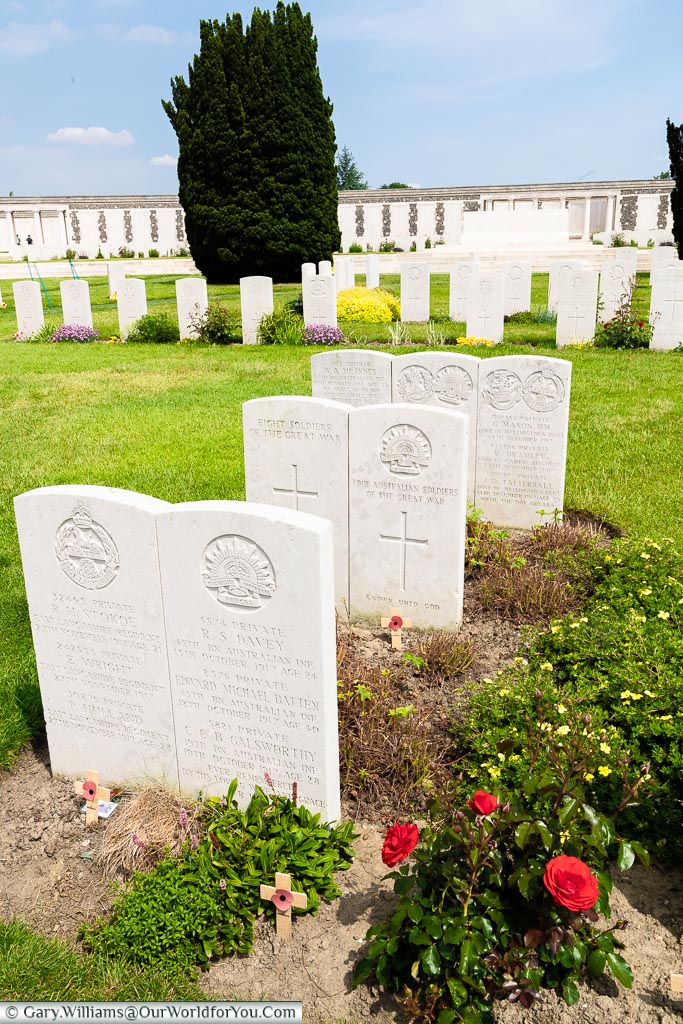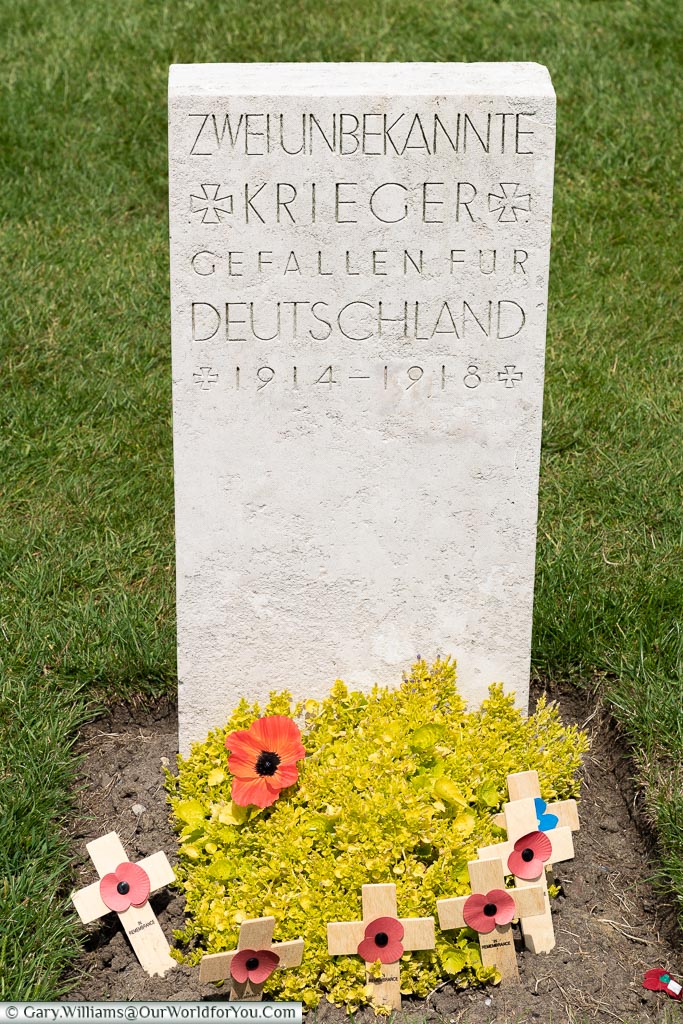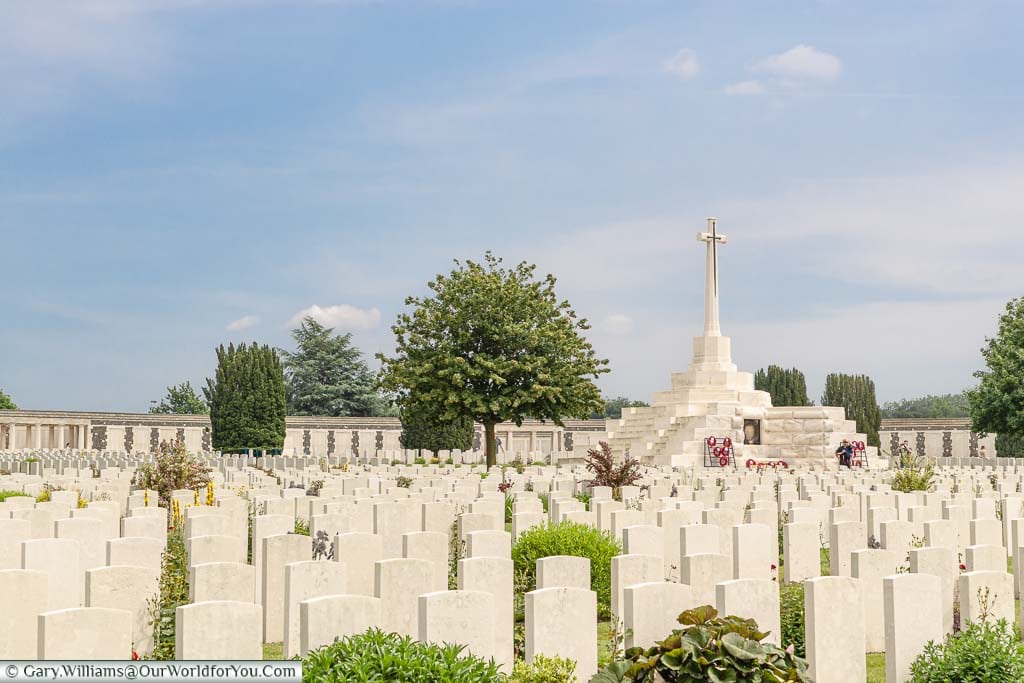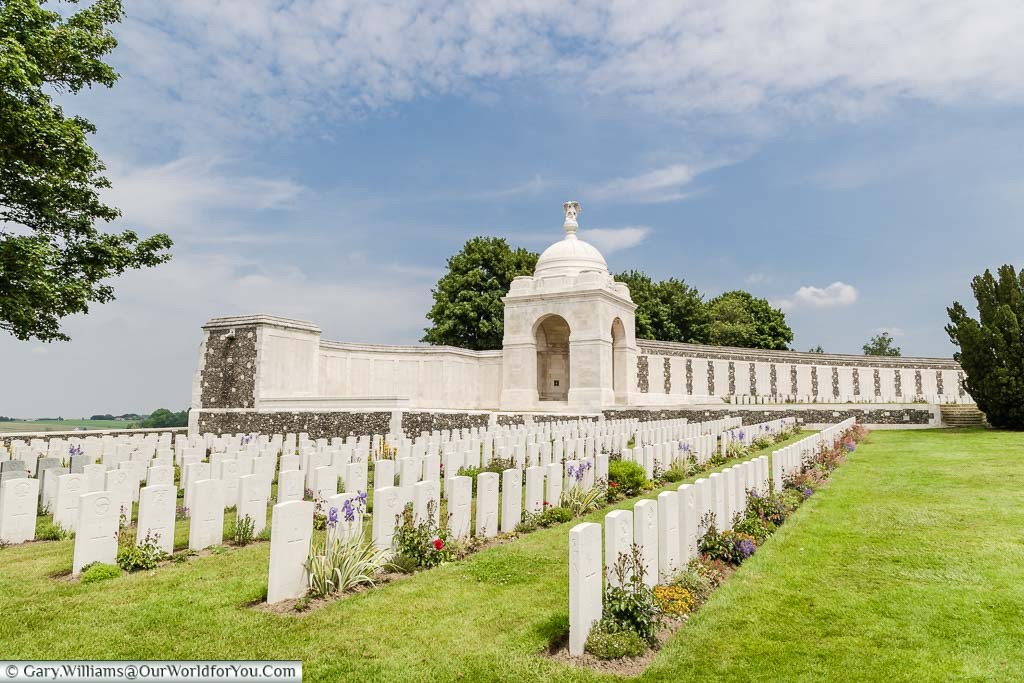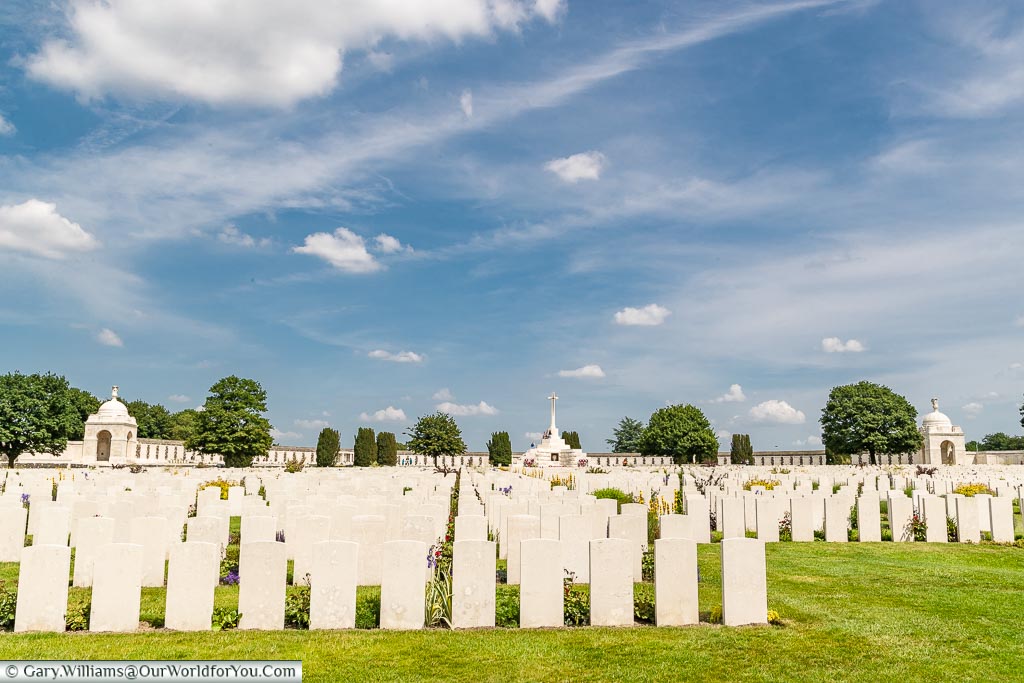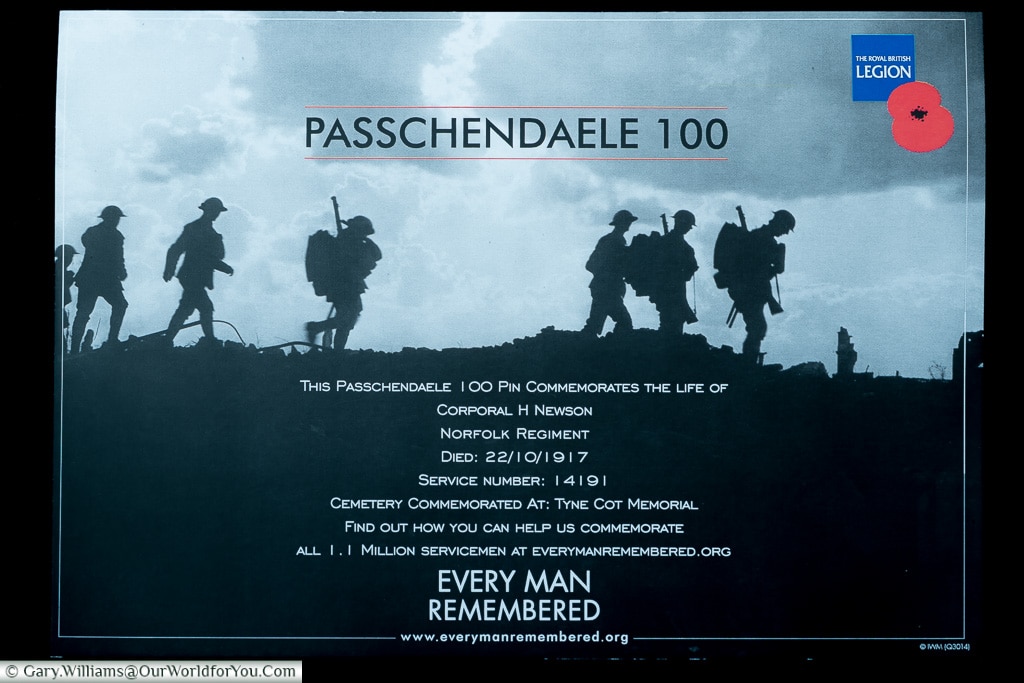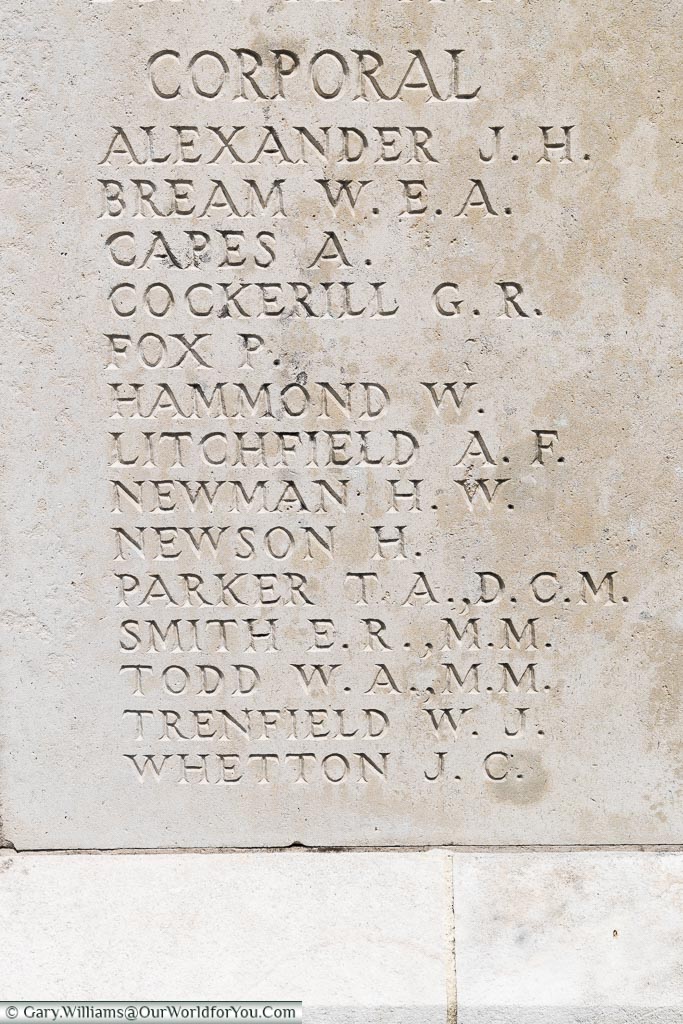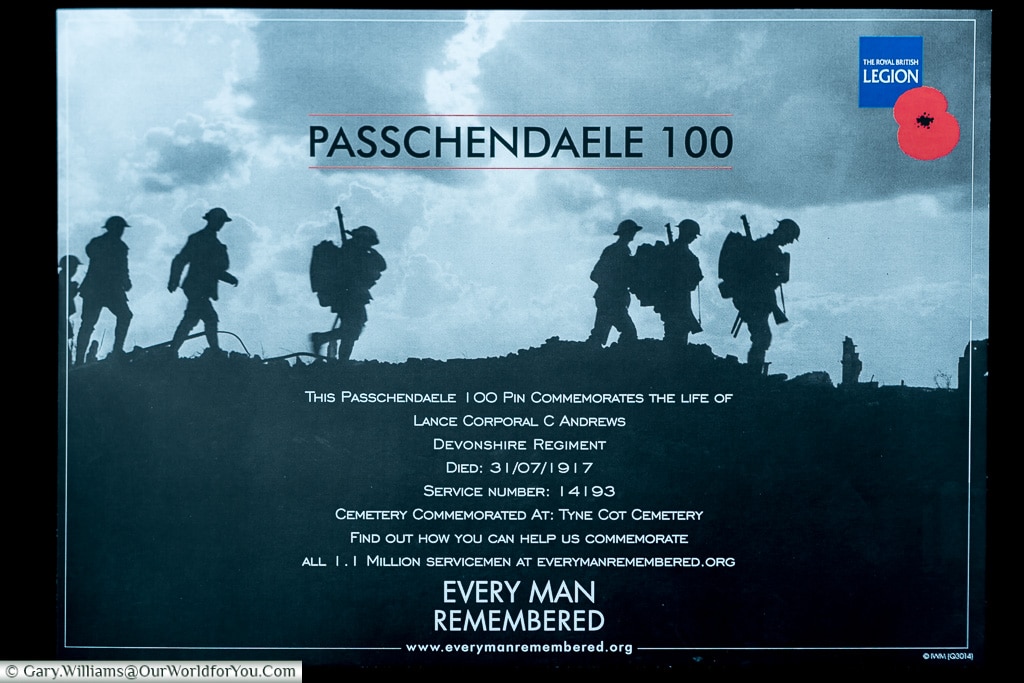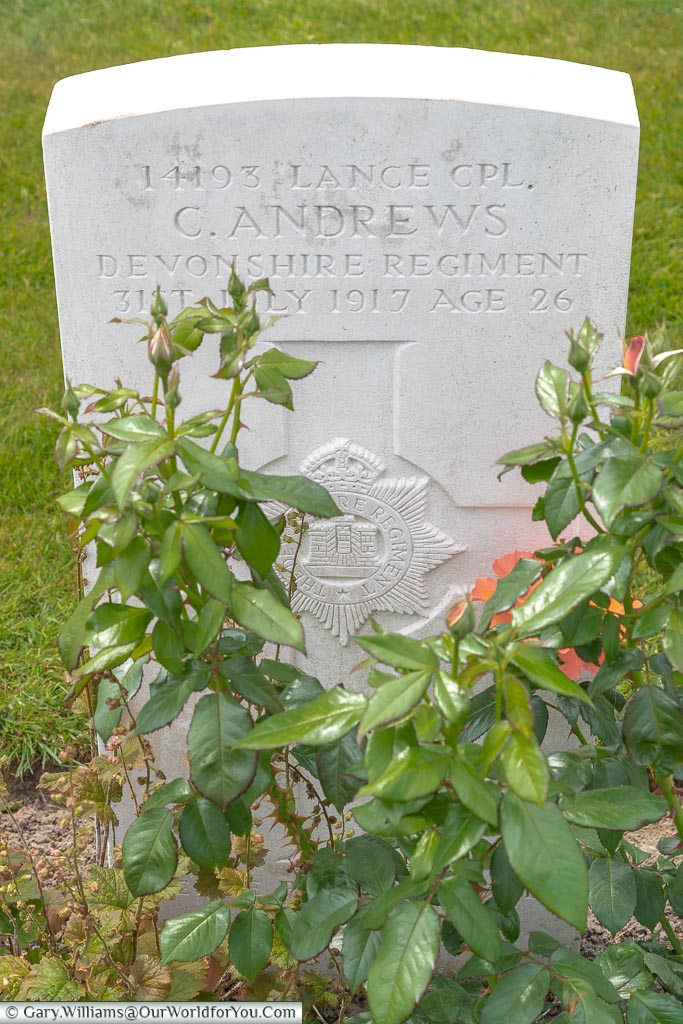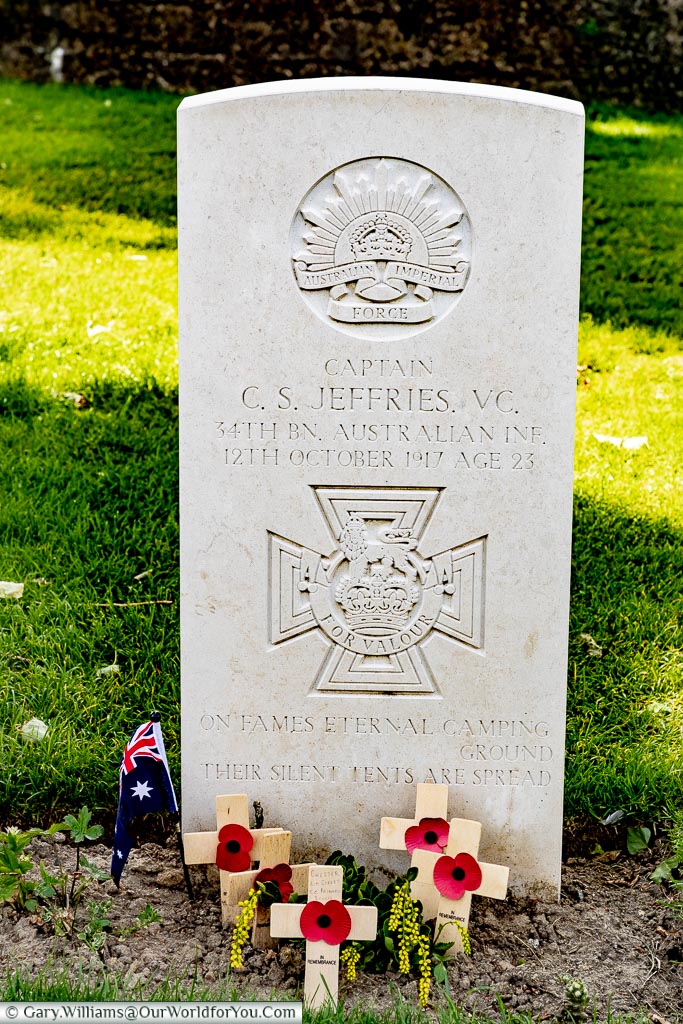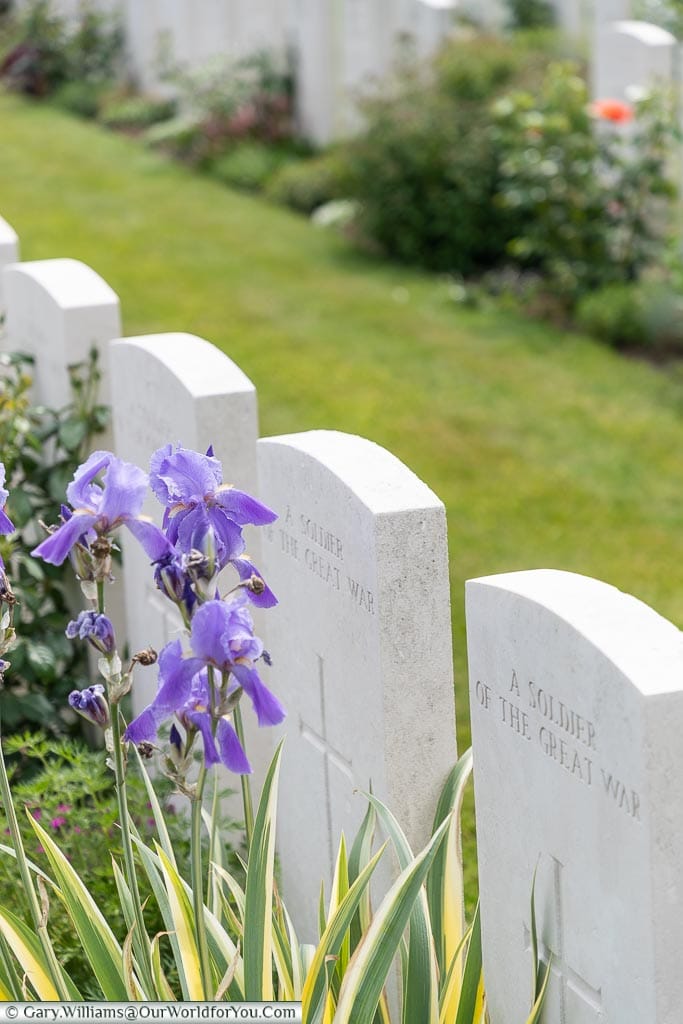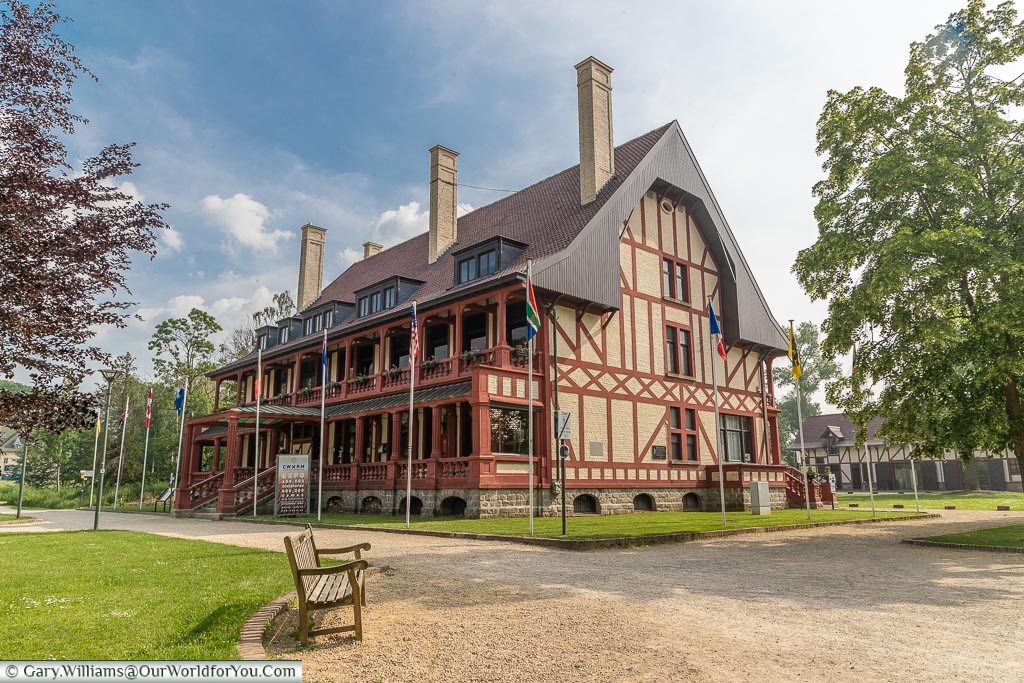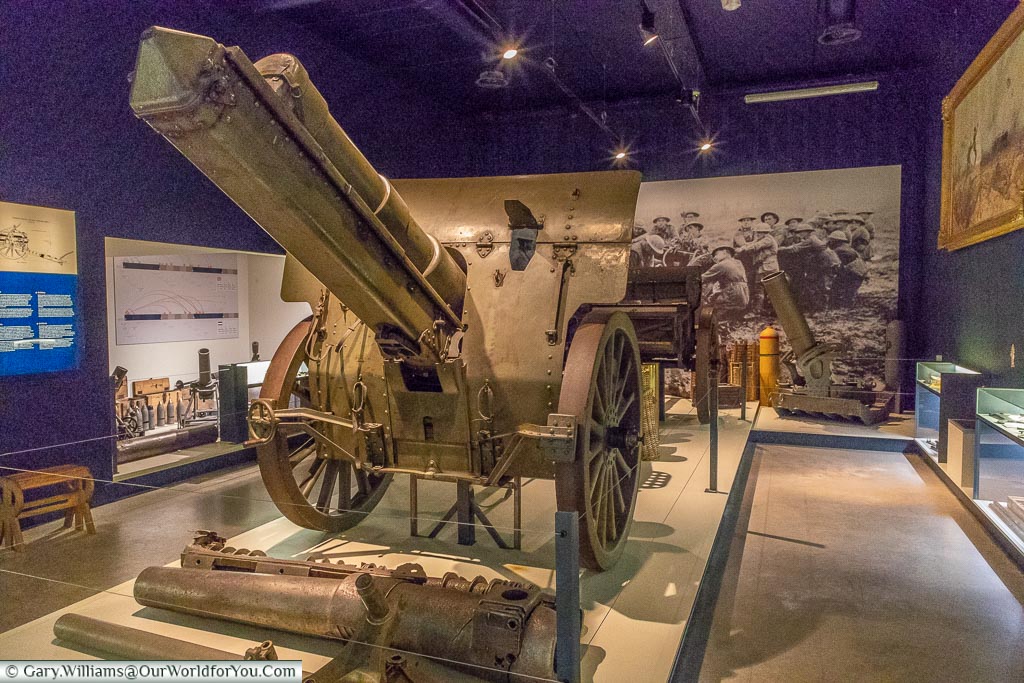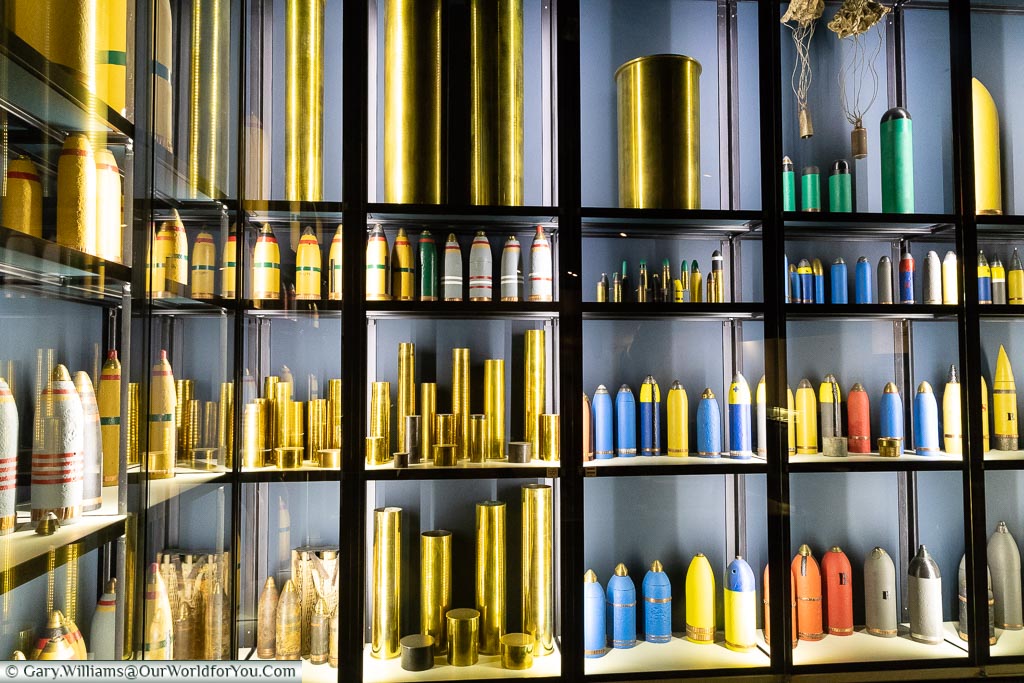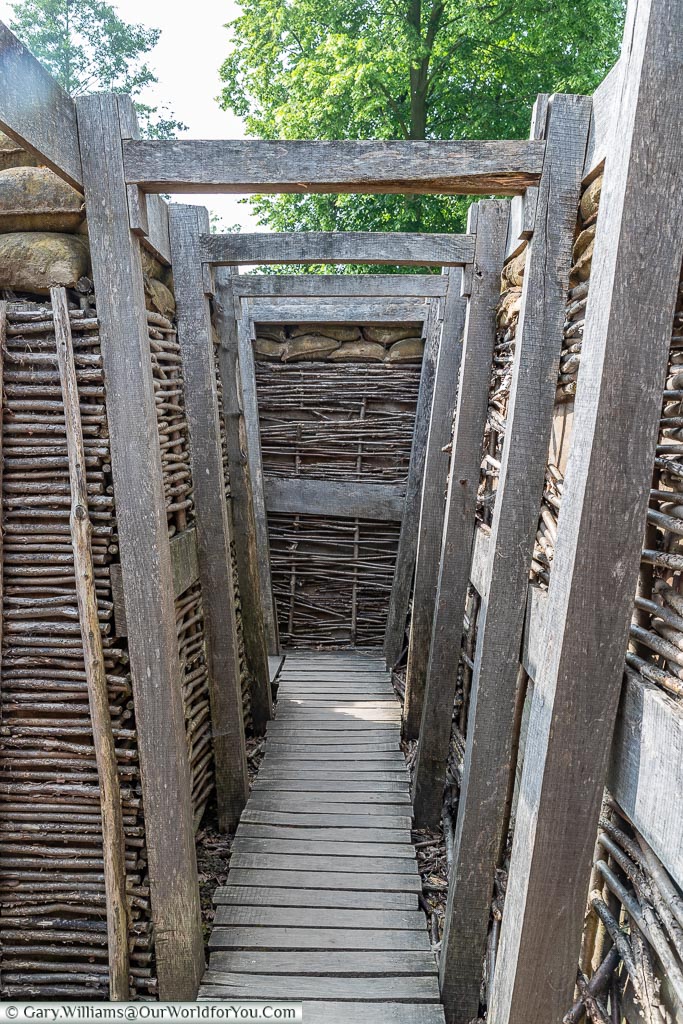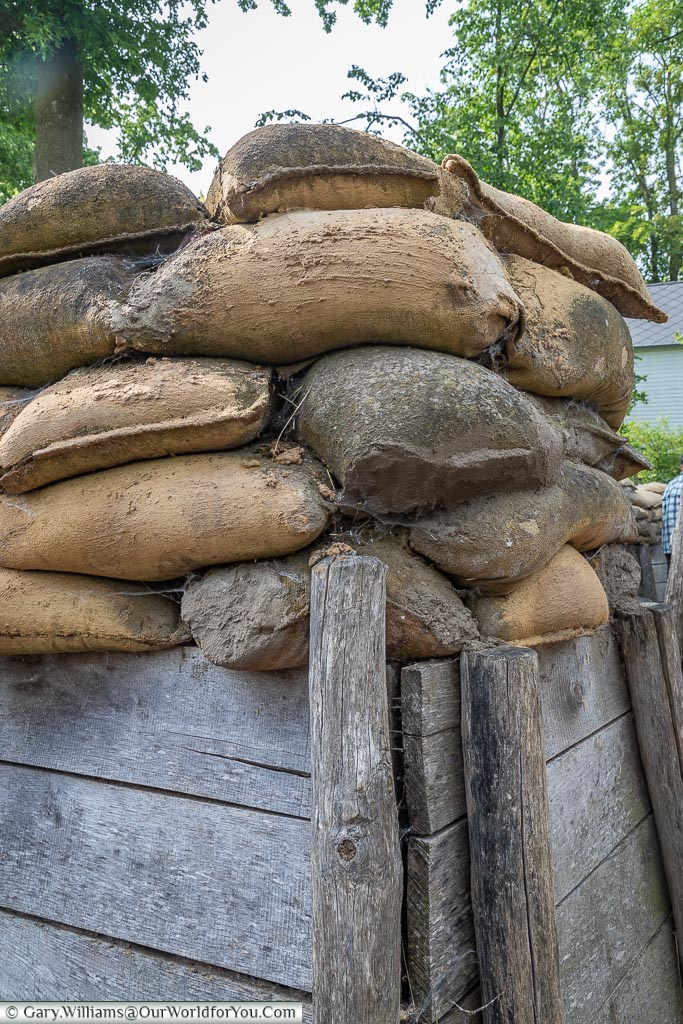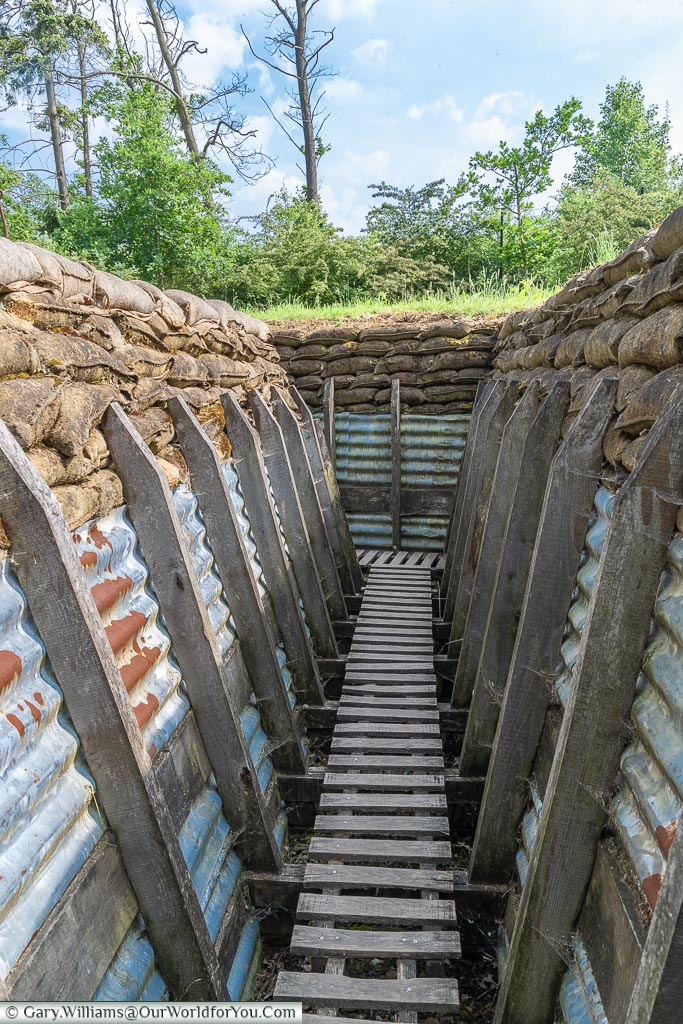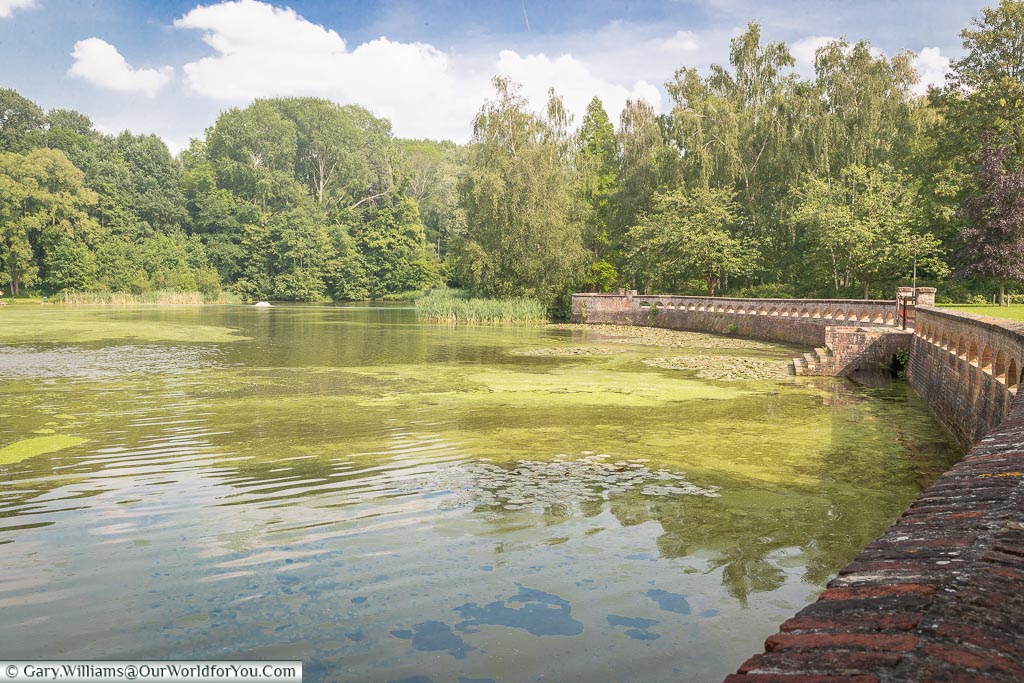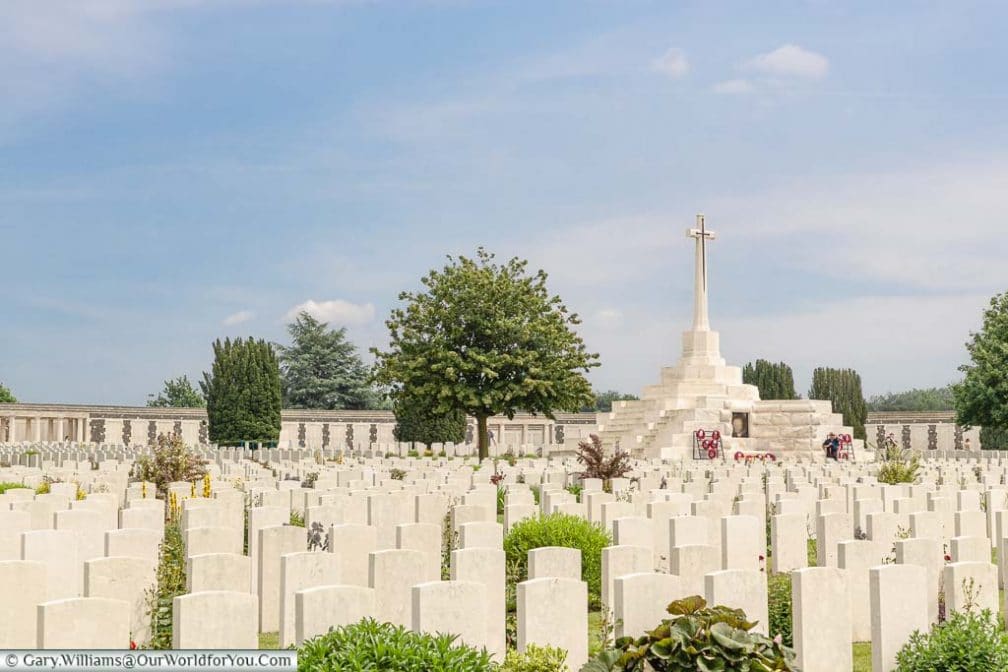
Tyne Cot & Passchendaele, Belgium
Tracing our poppy pins.
Not the most uplifting post to read, I agree; on the other hand, though, surely, we have a lot to be grateful for and are indebted to our ancestors and your ancestors, who fought for the pleasures we enjoy today.

There were a few reasons why Gary & I wanted to visit Tyne Cot & Passchendaele.
Firstly, we both enjoy history and tracing our heritage.
However, and more importantly, I don’t think you could visit this region of Europe and not be moved by the sheer enormity of what took place during WWI.
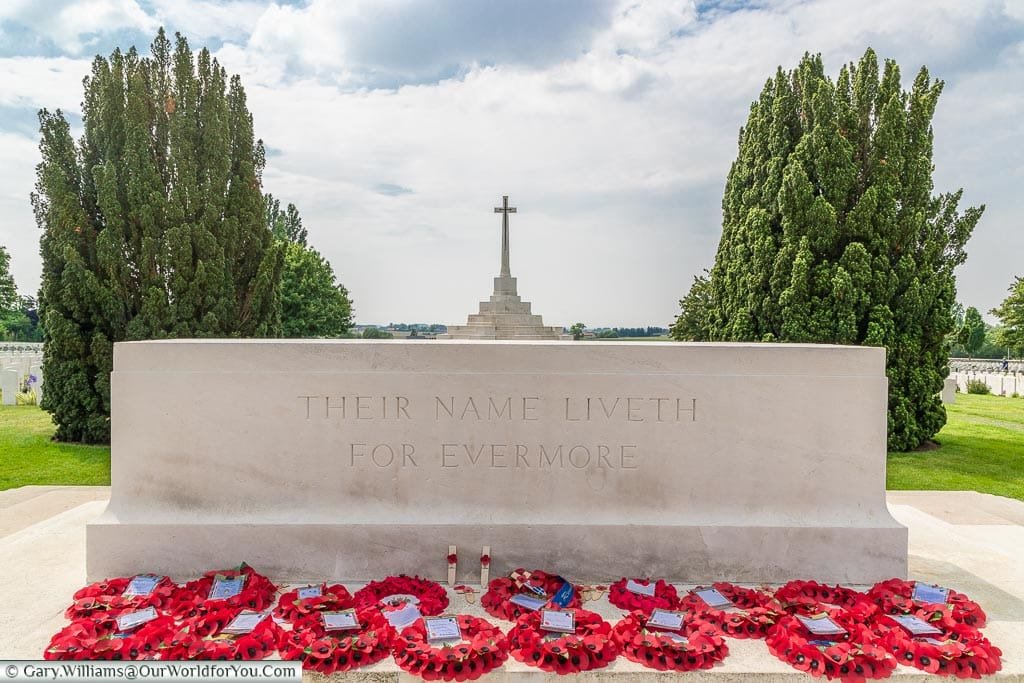
As you drive through the Western Front, you’ll be taken aback by the number of cemeteries and war memorials you’ll see along the way, down a side road or in a village.
Our remembrance pins
Another reason for our visit, was in 2107 we bought two poppy pins to commemorate Passchendaele, and with each pin, you received a name and the military details of a soldier that died during the Great War. Both of our soldiers were at Tyne Cot, one in the cemetery and one on the memorial, so we decided to find them.
We've a post on the Pins, and more detailabout therem here.
A brief bit of history
Tyne Cot or Tyne Cottage was a barn named by the Northumberland Fusiliers, the barn was captured by the 3rd Australian Division on 4 October 1917. In the grounds of the barn, were German Blockhouses or Pillboxes, today two remain in the grounds of the cemetery along the large Blockhouse at the centre, on which the Cross of Sacrifice now stands.
By the following March, 343 graves had been created for the fallen, which were placed irregularly around the Blockhouse. These graves can still be seen where they were first laid.
However, this number grew considerably after the Armistice from the surrounding battlefields. There are nearly 12,000 graves here, and it has become the largest Commonwealth War Graves Commission cemetery in the world. More than 8,000 of the servicemen are unidentified.
No known grave
Along with the servicemen in the cemetery, there is also the Tyne Cot Memorial in an arc around the top of the cemetery. Inscribed upon here are 34,998 names of the British and New Zealand forces who have no known grave, nearly all of whom died between August 1917 and November 1918.
Although it is incredibly moving to see so many headstones standing row after row, it was pleasing to see the number of school trips that were being brought to the memorials & paying their respects.
Our search
Gary & I set off to find our two Passchendaele pin heroes. The first was Corporal Harry Newson who served in the 8th Battalion, Norfolk Regiment, he died on 22nd October 1917 age 34.
We found Corporal Harry Newson on the Tyne Cot Memorial, which means he is one of the 34,998 soldiers who have no known grave.
Our second soldier was Lance Corporal Charles Andrews who served in the 2nd Battalion, Devonshire Regiment, he died on 31st July 1917 age 26.
The Highest Honour
On our way out, as we weave between the rows, we come across a headstone for Captain Clarence Smith Jeffries, who was posthumously decorated with the Victoria Cross for his bravery, during the First Battle of Passchendaele.
Captain Clarence Smith Jeffries was from the 34th Battalion, Australian Inf., he died on 12th October 1917 age only 23.
Attention to Detail
Tempted to?
Passchendaele Museum
After our visit to Tyne Cot cemetery, we head onto the Memorial Museum Passchendaele 1917, to top up with even more WWI knowledge.
The museum in Zonnebeke covers an overview of the five battles of Ypres; however, it mainly focuses on the Third Battle of Ypres which is also known as the Battle of Passchendaele.
This battle in 1917 is known as one of the most horrific conflicts of the First World War. As you wander through the museum, there are interactive videos of survivors giving their heartfelt stories of what they witnessed and the atrocities they saw.
Good to know
Dingy dugouts
Within the museum, a dugout has been recreated for you to get a tiny insight into the cramped conditions the soldiers existed in. A network of these tunnels was found beneath a nearby church.
Throughout the museum are exhibits of equipment used during the war, a collection of ammunition is on display in all shapes and sizes, bullets, shells and cartridges used by different allies.
Trenches
Towards the end of your visit, you’re guided up some stairs that then leads out into the gardens of the museum; however, not quite into what you may have expected.
A network of replica trenches and hideouts is constructed for you to wander through and understand how narrow, confined and restricted they would have been.
Have You?
Visited the poignant region of the Ypres Salient, how was your experience & did you visit Tyne Cot Cemetery?
Go for a stroll
The museum visit takes around 2 hours when you’ve finished, it’s pleasant to stroll around the gardens and by the pond in front of the museum & even better if you have a picnic.
Where we stayed
Our accommodation for the two nights we were in Ypres, was at the Novotel Leper Centrum, and it was undoubtedly central, only about a 5-minute walk to the Menin Gate. Slight mix up with our air-conditioned room, however, the friendly staff efficiently resolved it. The car parking facilities here are fantastic if you’re on a road trip.
Inspired to remember the fallen
Ypres is a beautiful town to base yourselves at while discovering our history. Stay for the evening and attend The Last Post ceremony at the Menin Gate.
Why not checkout the latest deals on Booking.Com?
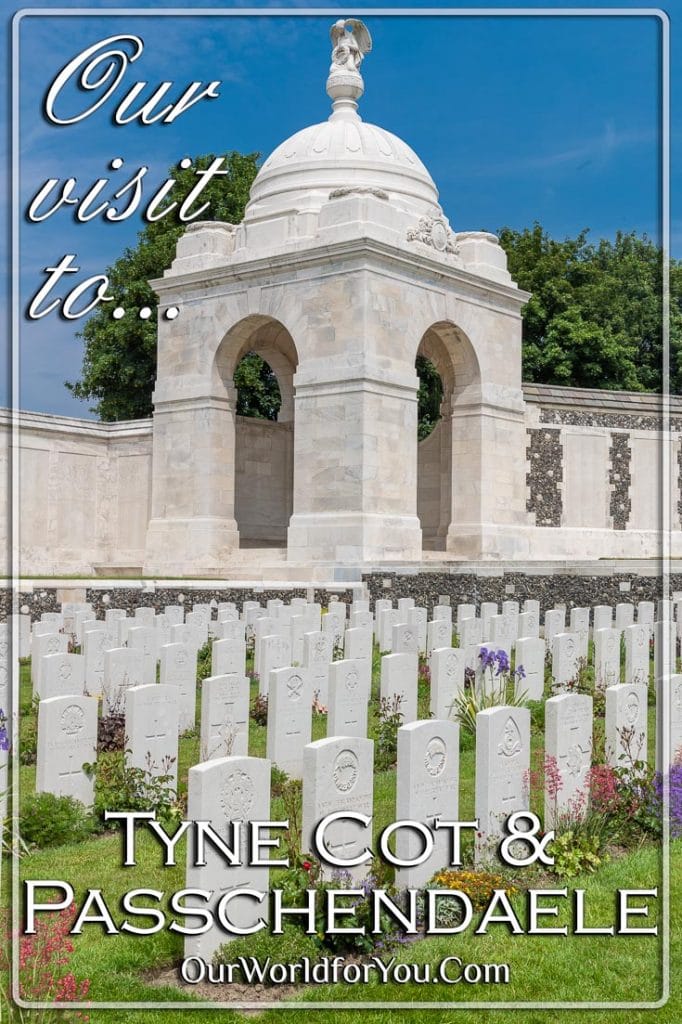
(Why not Pin It for Later?)
